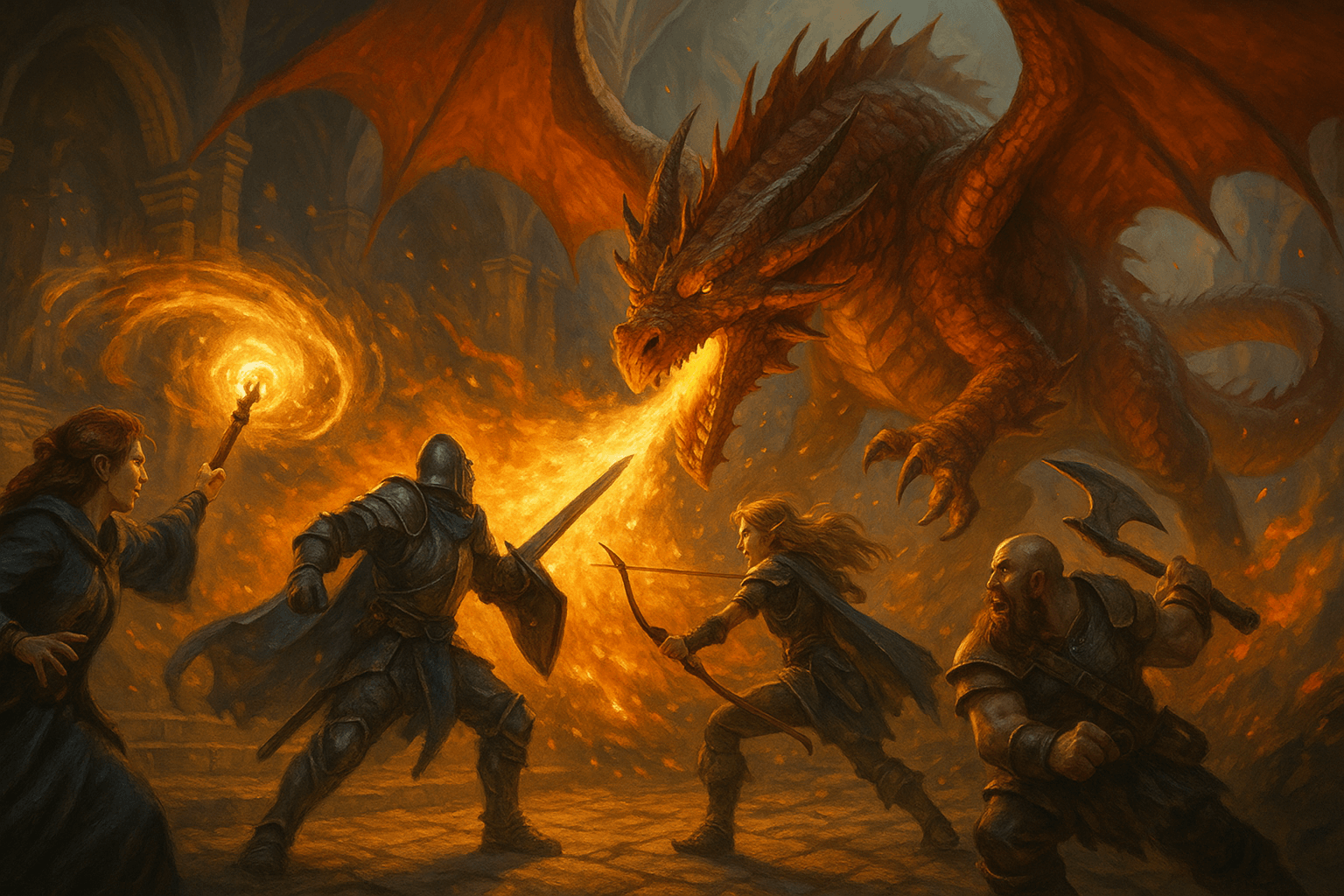
D&D Combat Tips: How to Run and Play Dynamic, Cinematic Battles

Updated on: 2025-12-12
Combat in Dungeons & Dragons can be more than just rolling dice, it can be a thrilling, cinematic experience full of tension, teamwork, and memorable moments. Whether you’re a Dungeon Master or a player, this guide will help you transform your battle scenes with strategies that make every turn feel like a scene from an epic fantasy story.
This beginner-friendly D&D combat tips guide covers practical advice for pacing, tactics, storytelling, and teamwork. Learn how to run smoother encounters, use terrain creatively, and make smart tactical decisions.
1. Balance the Encounter Difficulty
For Dungeon Masters:
Use tools like Kobold Fight Club or the Encounter Builder in D&D Beyond to gauge difficulty.
Tips:
-
Match encounter difficulty to party level, but allow room for surprise.
-
Mix enemy types: a big brute, spellcaster, and minions make fights more dynamic.
-
Use “waves” of reinforcements for escalating tension.
Example:
Start with two goblin archers and a bugbear boss. On round 3, more goblins drop from the trees.
2. Use Terrain as a Tactical Element
Combat becomes more engaging when the battlefield is more than just a flat grid.
Terrain Ideas:
-
Cover: Rocks, barrels, walls, offer +2 or +5 AC
-
Hazards: Lava pits, collapsing floors, traps
-
Verticality: Platforms, ladders, cliffs
-
Interactive Elements: Chandeliers to swing from, rope bridges to cut, levers that open doors
DM Strategy:
Make the environment react to the players’ choices. That crumbling ledge might collapse if hit with a thunderwave.
3. Initiative Management Techniques
Slow initiative can bog down the fun. Keep it fast and fair.
Tips:
-
Use initiative trackers (paper tents, apps, magnets)
-
Announce “Who’s up now, and who’s on deck?”
-
Keep turns to ~60 seconds
Player Tip:
Be ready. Know your attack bonus, damage dice, and next move before your turn.
4. Make Each Turn a Cinematic Moment
Describe actions with flair. Combat is storytelling with dice.
Examples:
-
Instead of: “I hit for 8 damage.”
-
Try: “I leap off the boulder and slash across the ogre’s shoulder, blood spraying across the mossy stones.”
DM Tip:
Match the energy. Add detail to the environment’s reaction, dust clouds, echoing crashes, snarls from unseen enemies.
5. Encourage Team Tactics and Class Synergy
Great battles are won with teamwork.
Examples:
-
Rogue hides behind a fighter’s shield to gain Sneak Attack
-
Druid casts Entangle while the Barbarian pins enemies in place
-
Cleric uses Bless while the Paladin smites evil
Tips:
-
Remind players they can ready actions or help allies
-
Encourage players to plan simple combos during other turns
6. Mix Up Enemy Tactics and Goals
Not every enemy fights to the death.
Ideas:
-
Brutes: Rush in, aim for the biggest threat
-
Archers: Stay mobile, use elevation
-
Cunning villains: Retreat, use illusions, or hold hostages
Make It Memorable:
Let villains speak, taunt, or plead during battle. Give them a motivation and a personality.
7. Keep Combat Flowing Smoothly
Combat should feel like an action scene, not a math exam.
DM Tips:
-
Roll enemy dice in advance for large groups
-
Use average damage for faster play
-
Pre-load monster stat blocks
Player Tips:
-
Know your spell saves, AC, and bonus actions
-
Track HP and spell slots with simple trackers or apps
8. Reward Creative and Bold Actions
Combat becomes cinematic when players feel free to improvise.
Encourage:
-
Improvised weapons (throwing a torch, kicking a chair)
-
Using spells creatively (Grease + Firebolt = explosion!)
-
Unorthodox movement (vaulting over enemies, parkour across rooftops)
DM Tip:
Say “Yes, but...” or “Yes, and...” to creative ideas. Keep the flow alive.
9. Vary Encounter Objectives
Not every combat should be “kill all enemies.”
Alternative Goals:
-
Defend the NPC until the portal opens
-
Escape before the cave collapses
-
Steal an item from an elite guard
-
Survive 5 rounds against overwhelming odds
Why It Works:
It adds narrative urgency, encourages movement, and gives characters more to do than just swing swords.
10. Track Momentum with Music and Maps
Add atmosphere and tension with simple sensory tools.
Tools:
-
Battle maps: Use dry-erase mats, printed tiles, or digital platforms like Owlbear Rodeo
-
Music: Use playlists for battle themes, YouTube, Syrinscape, or Spotify
-
Lighting: For in-person games, dim the lights or use colored LEDs
Example:
As the dragon roars, switch to epic music and drop a glowing mini on the map.
Sample Encounter: A Turn-by-Turn Breakdown
Encounter: Bandit Ambush at River Crossing
-
Terrain: A narrow bridge over rapids, crumbled walls, crates for cover
-
Enemies: 2 bandit archers (high ground), 1 brute with shield, 1 scout with traps
Turn 1:
-
Rogue dashes to cover and fires a sneak attack
-
Bandits return fire; DM uses falling debris as dynamic terrain
Turn 2:
-
Fighter grapples brute and throws him into the river
-
Scout lays caltrops, slowing party’s advance
Turn 3:
-
Druid casts Entangle, stopping reinforcements
-
Rogue uses Misty Step to flank and surprise archer
Takeaway:
Simple combat becomes exciting with terrain, creative class use, and reactive enemies.
Bonus Tools and Visual Aids
-
Initiative Tracker Template: Magnetic boards, apps like Improved Initiative
-
Battle Map Design Tips: Add elevation, choke points, and cover
-
Condition Markers: Use rings, tokens, or colored dots to track status effects
Conclusion: Make Every Fight Memorable
Your challenge: Try one new strategy from this post in your next session, whether it's using terrain creatively, narrating a cool move, or teaming up for a combo attack. Then reflect on how it changed the pacing, tension, or teamwork of the fight.
Whether you're crafting tense ambushes or pulling off cinematic combo moves, the right tools can make all the difference. If you're looking to bring even more magic to your table, take a look at our handcrafted dice sets over at Runic Dice
We also post regular tips, ideas, and inspiration to help DMs and players alike create unforgettable moments, just like the ones in this guide.
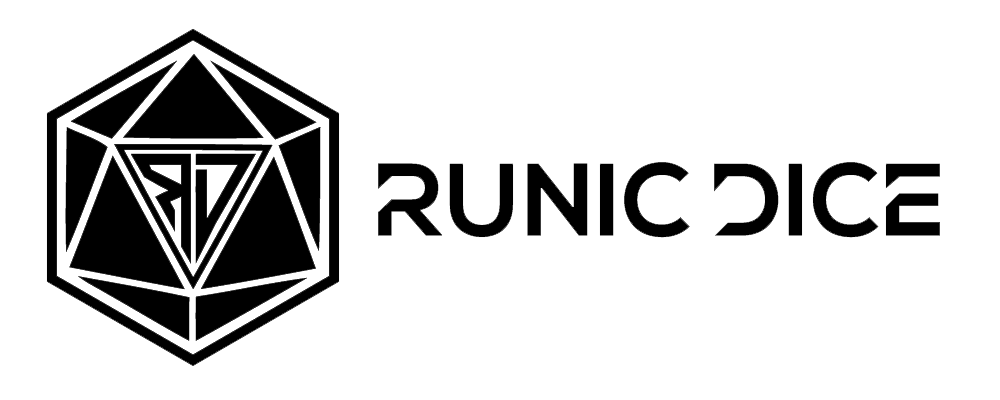


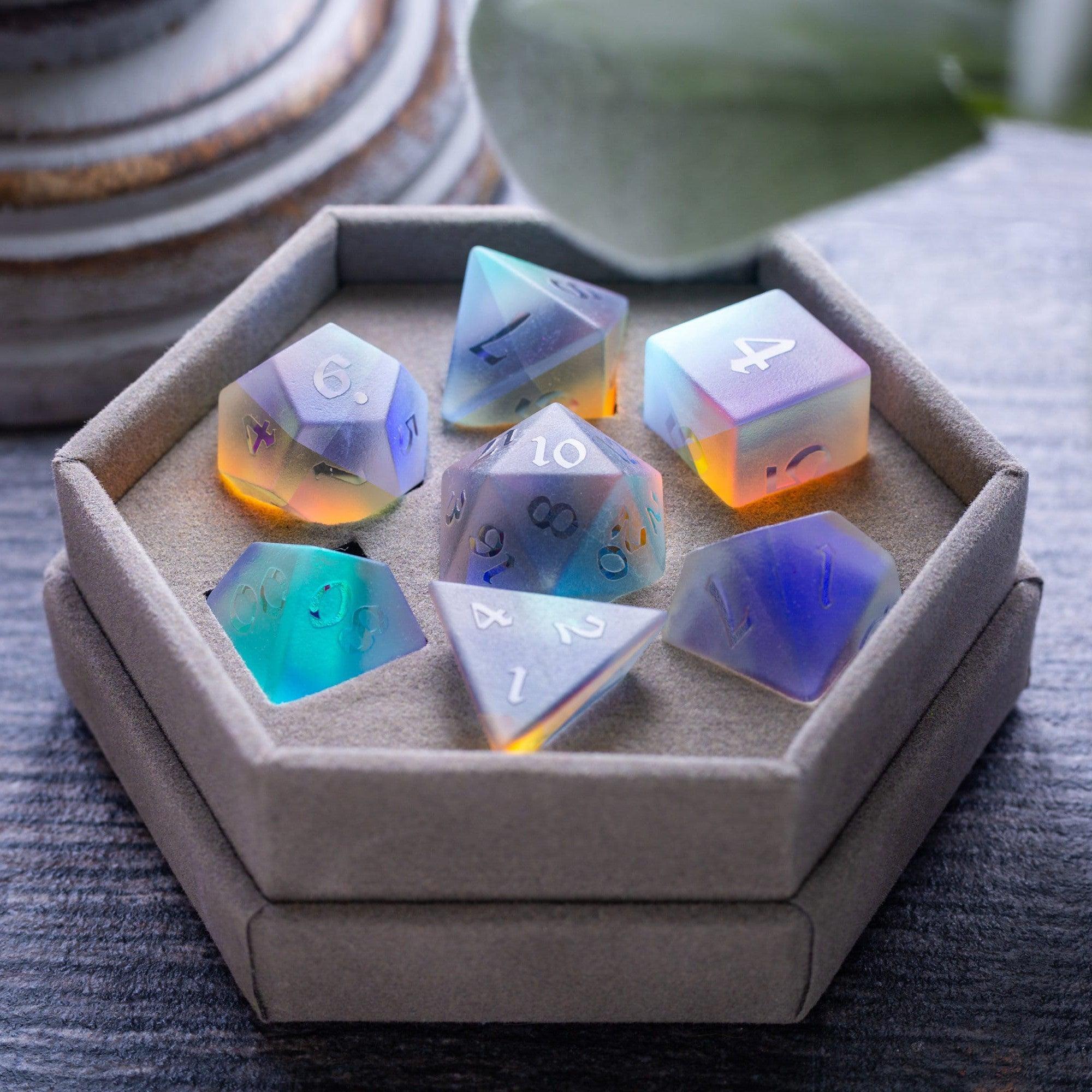
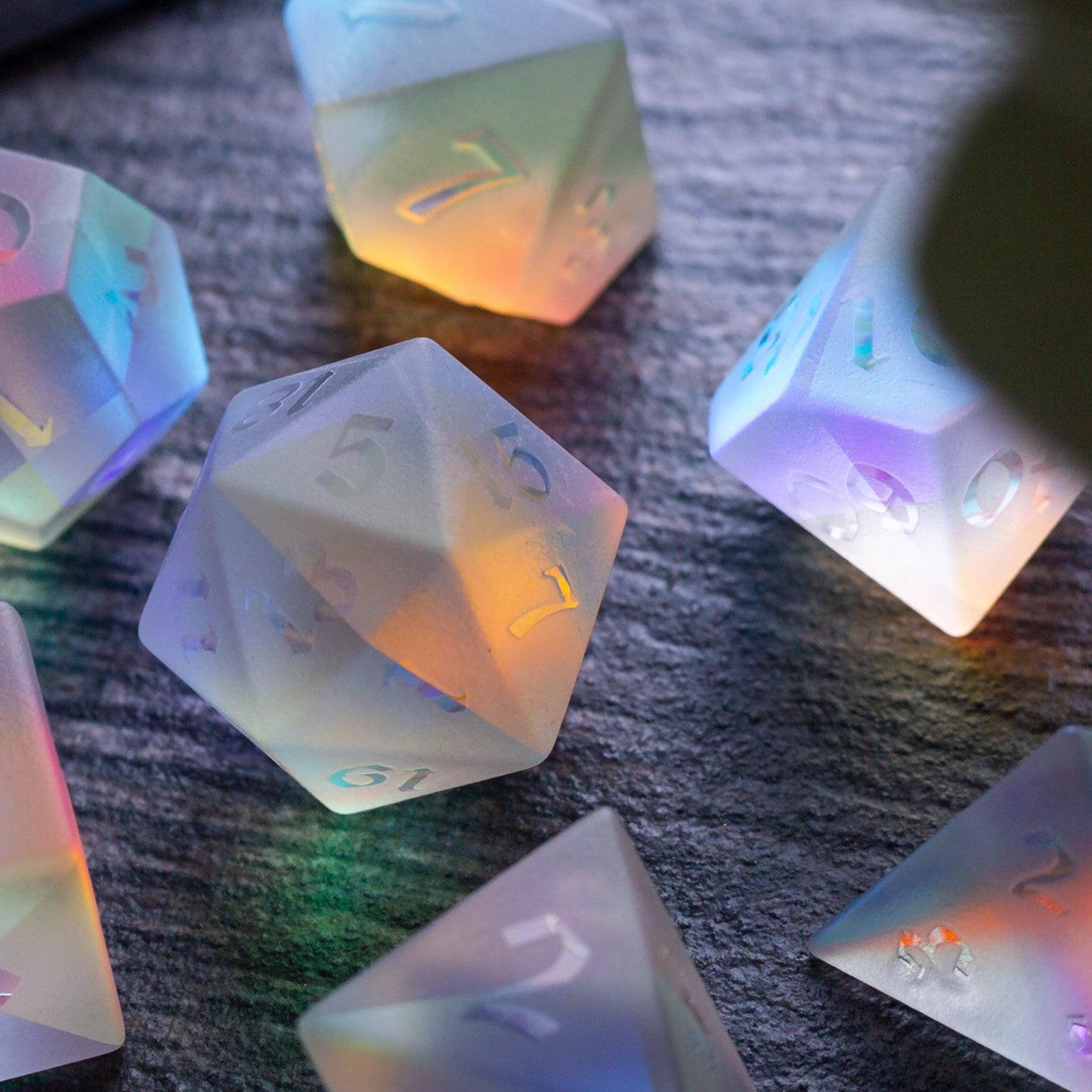
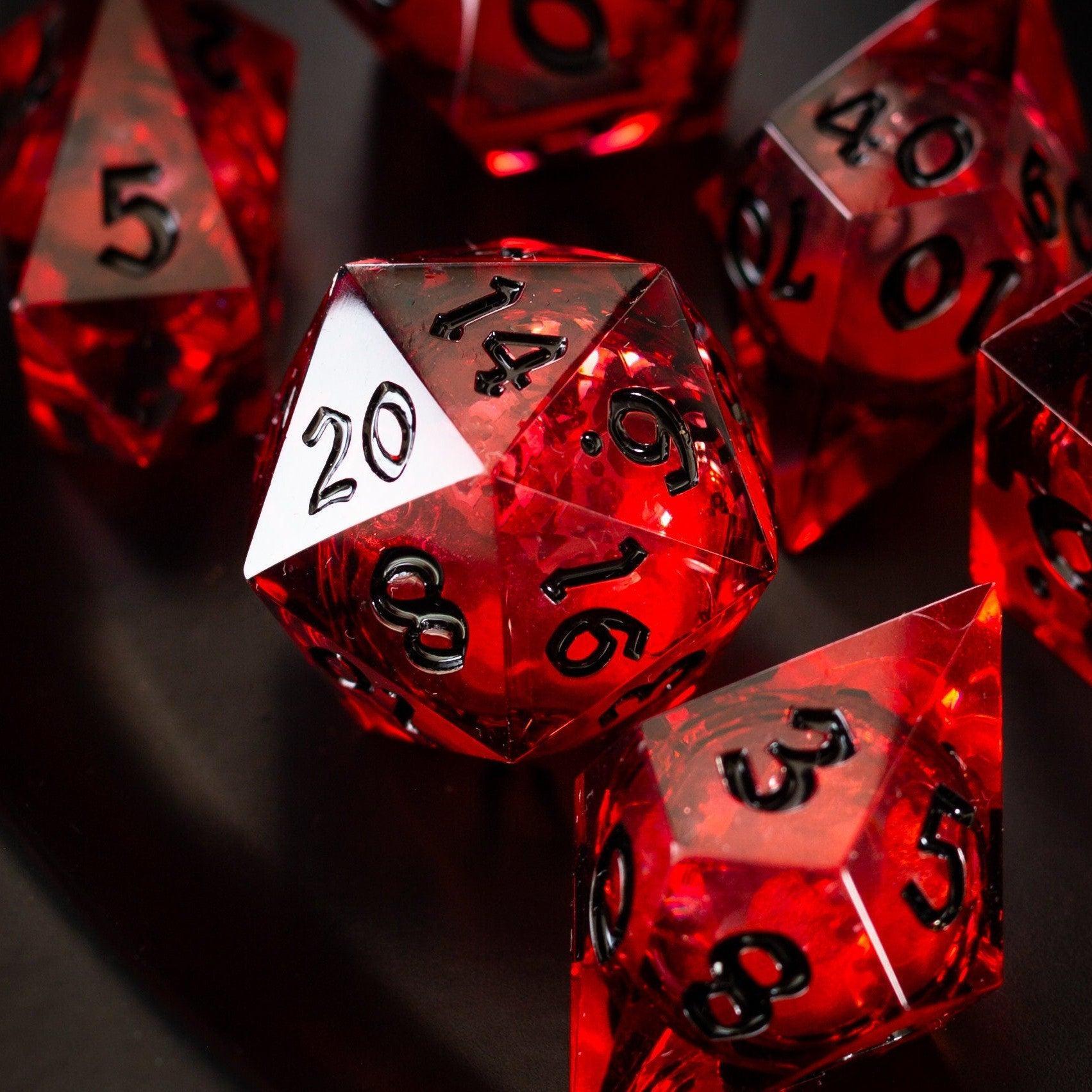
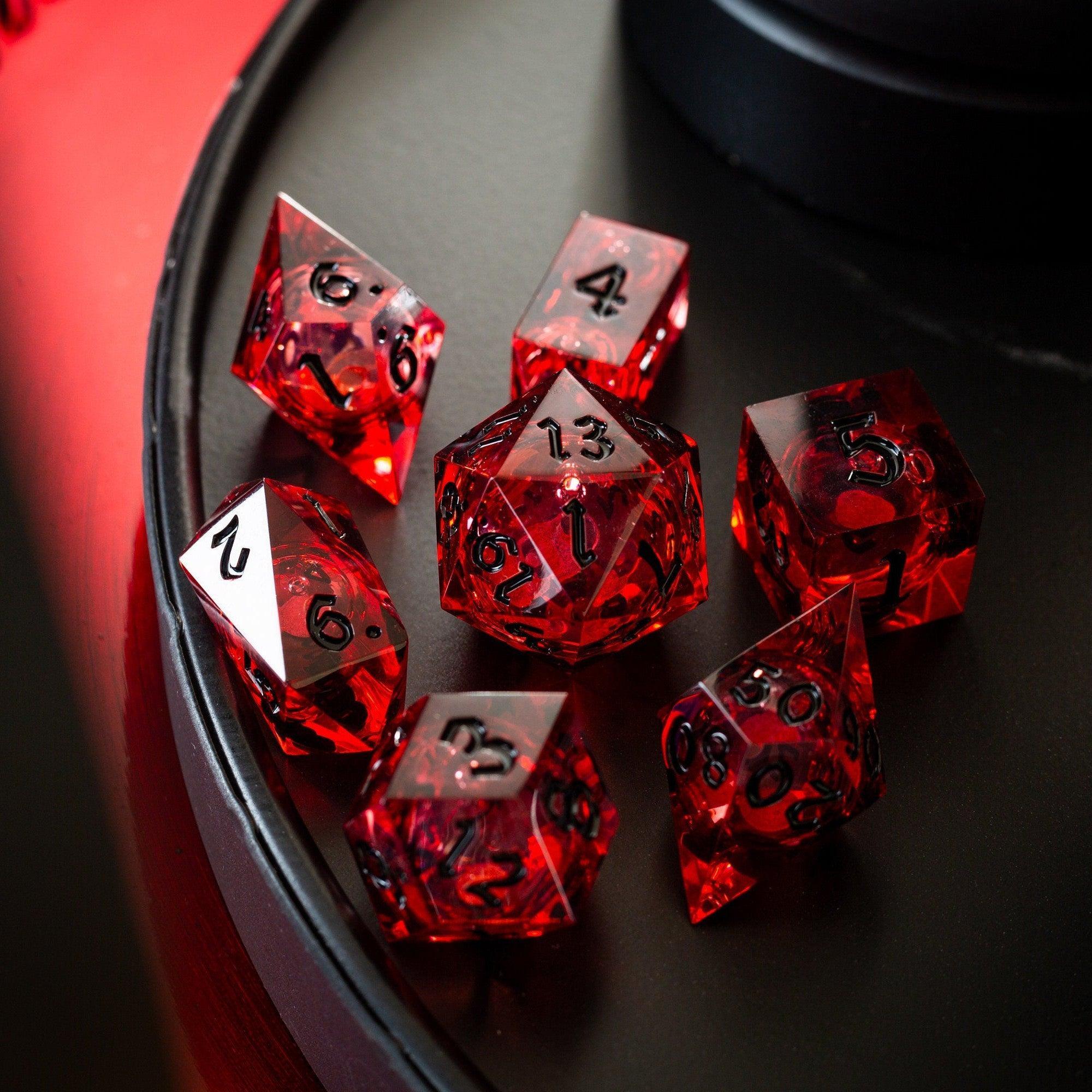
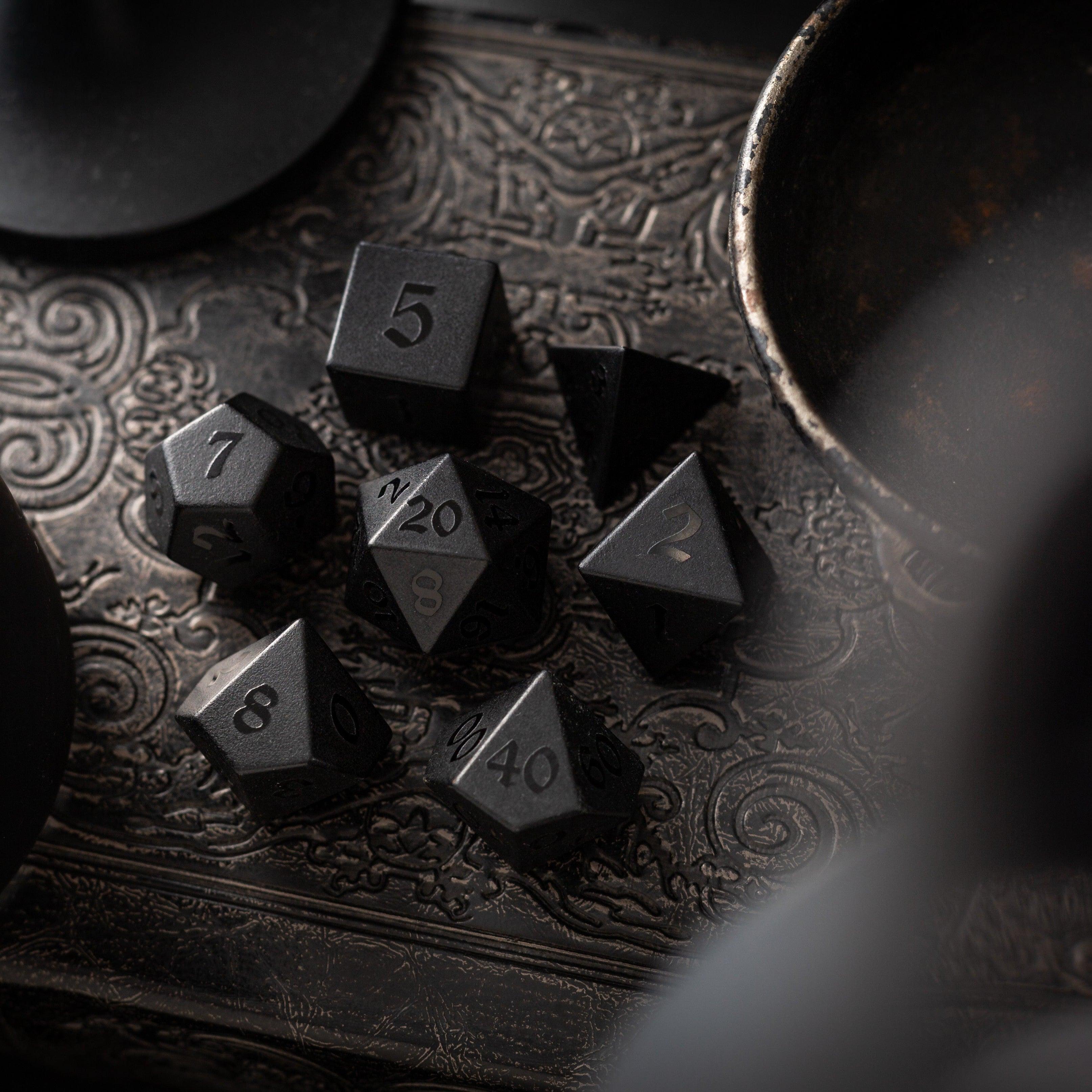
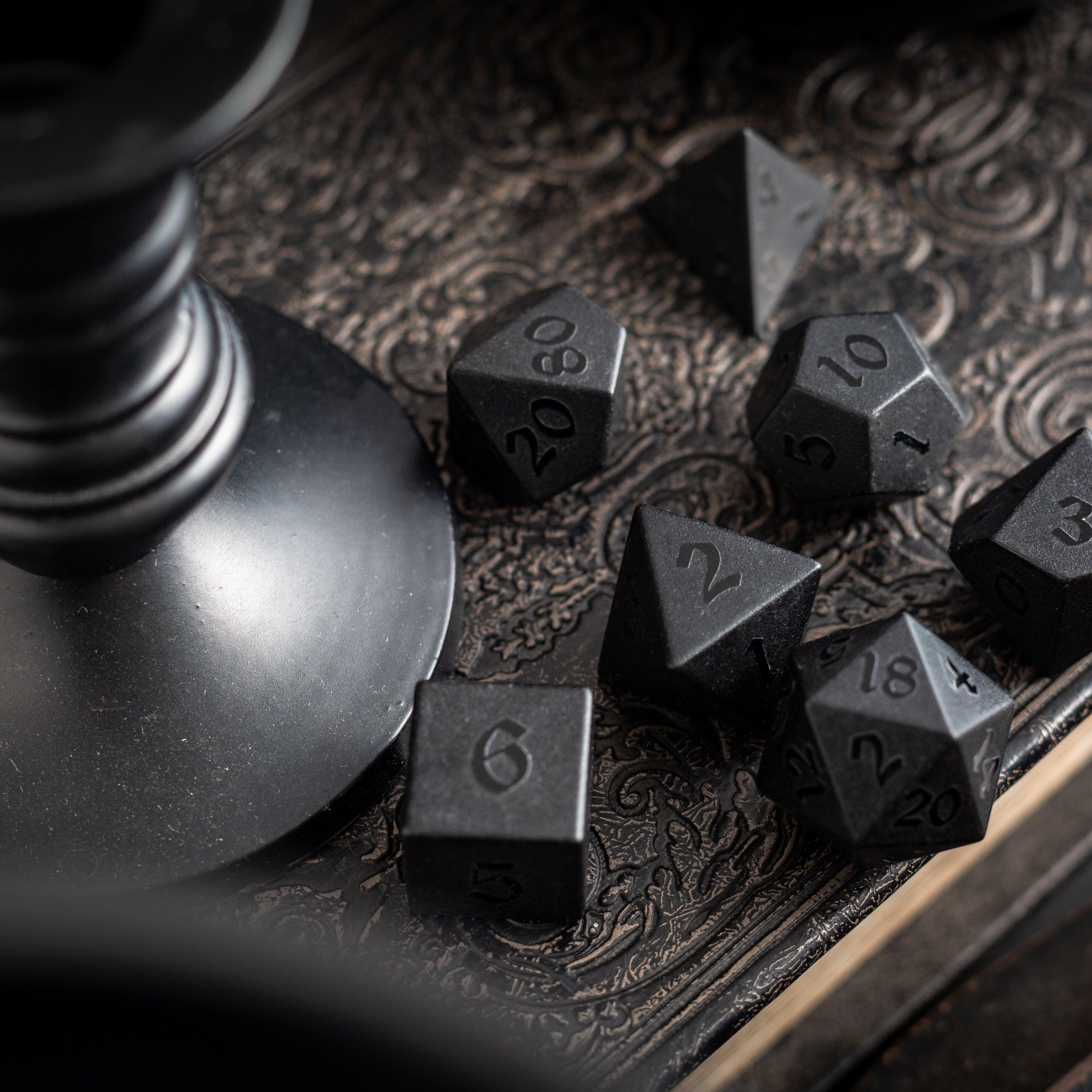
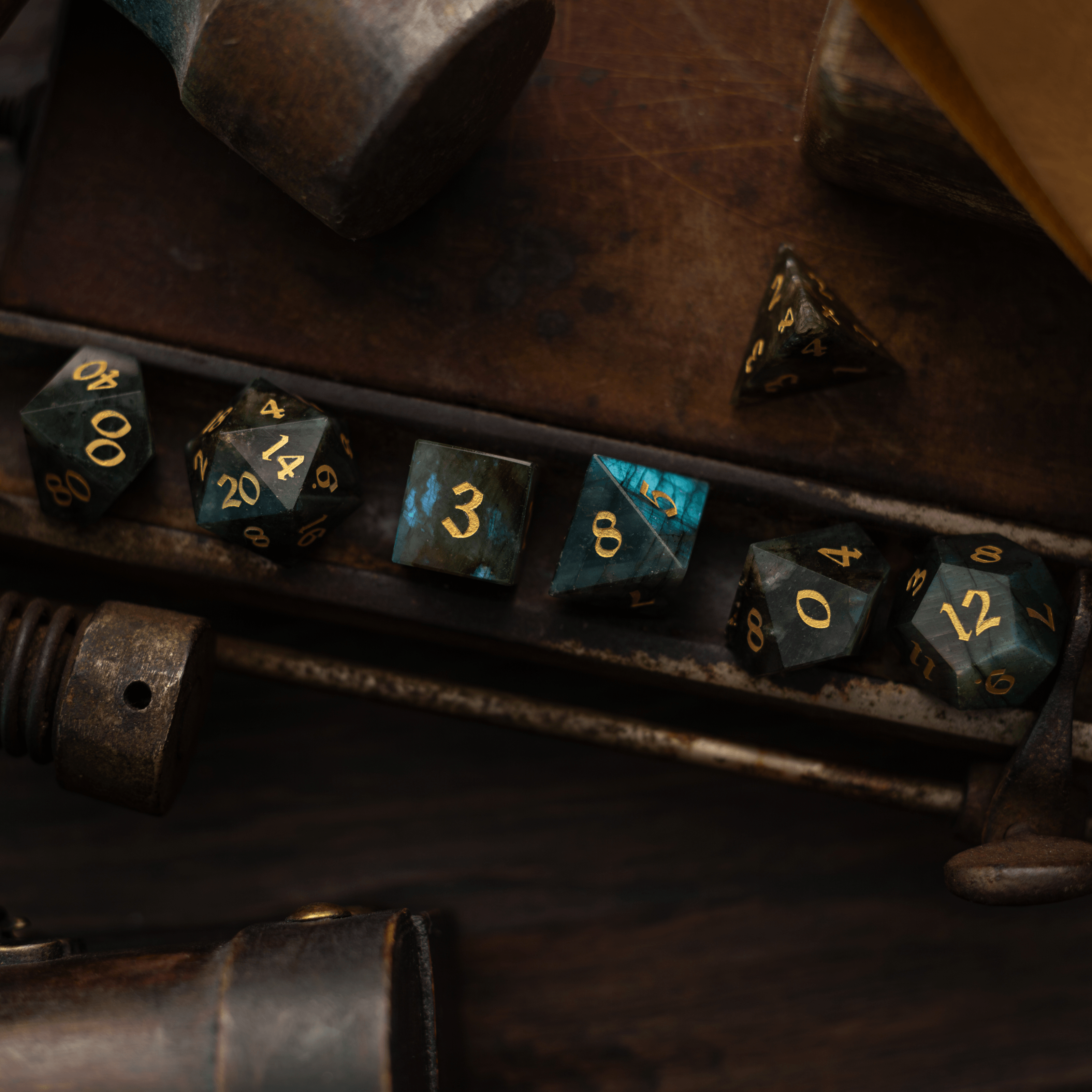
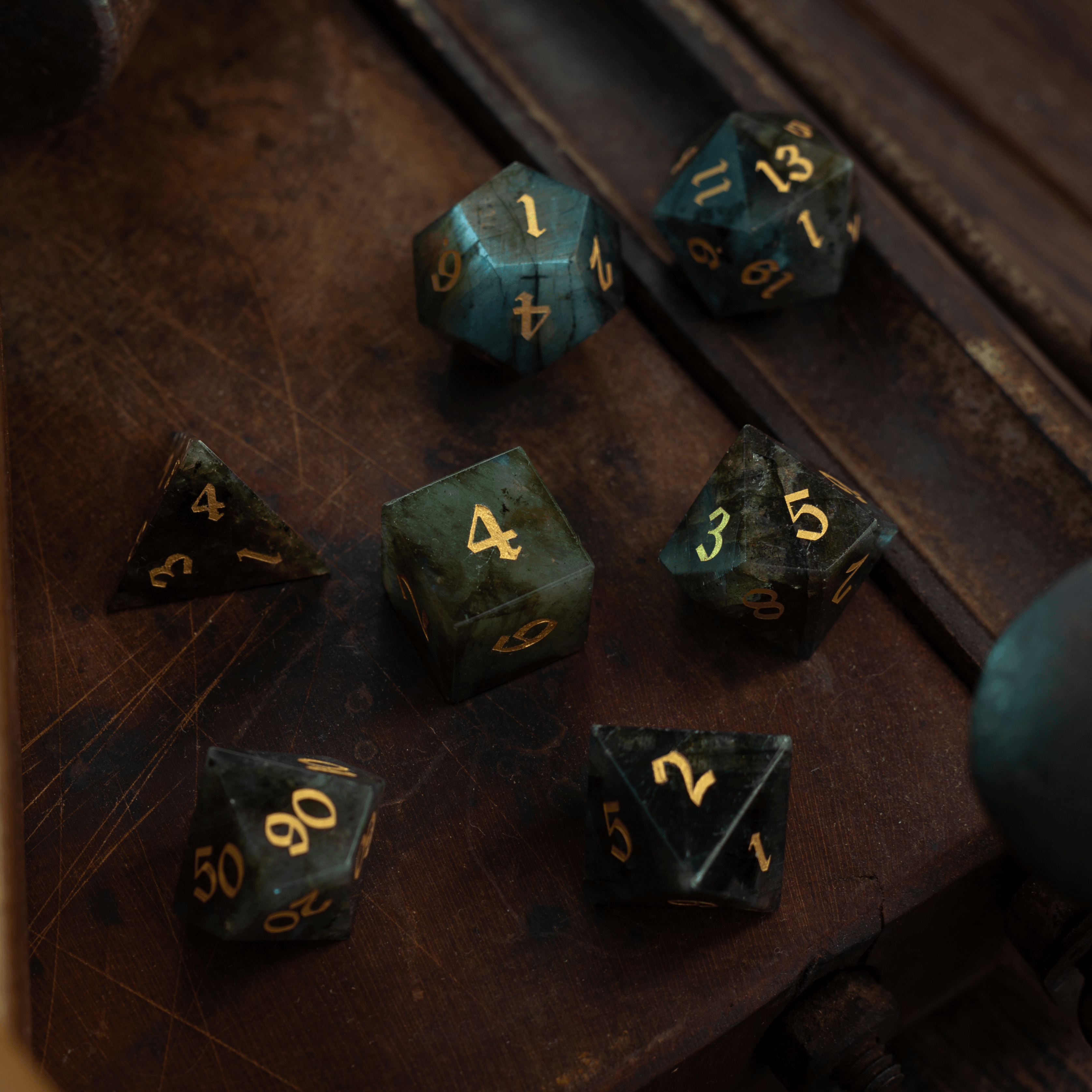
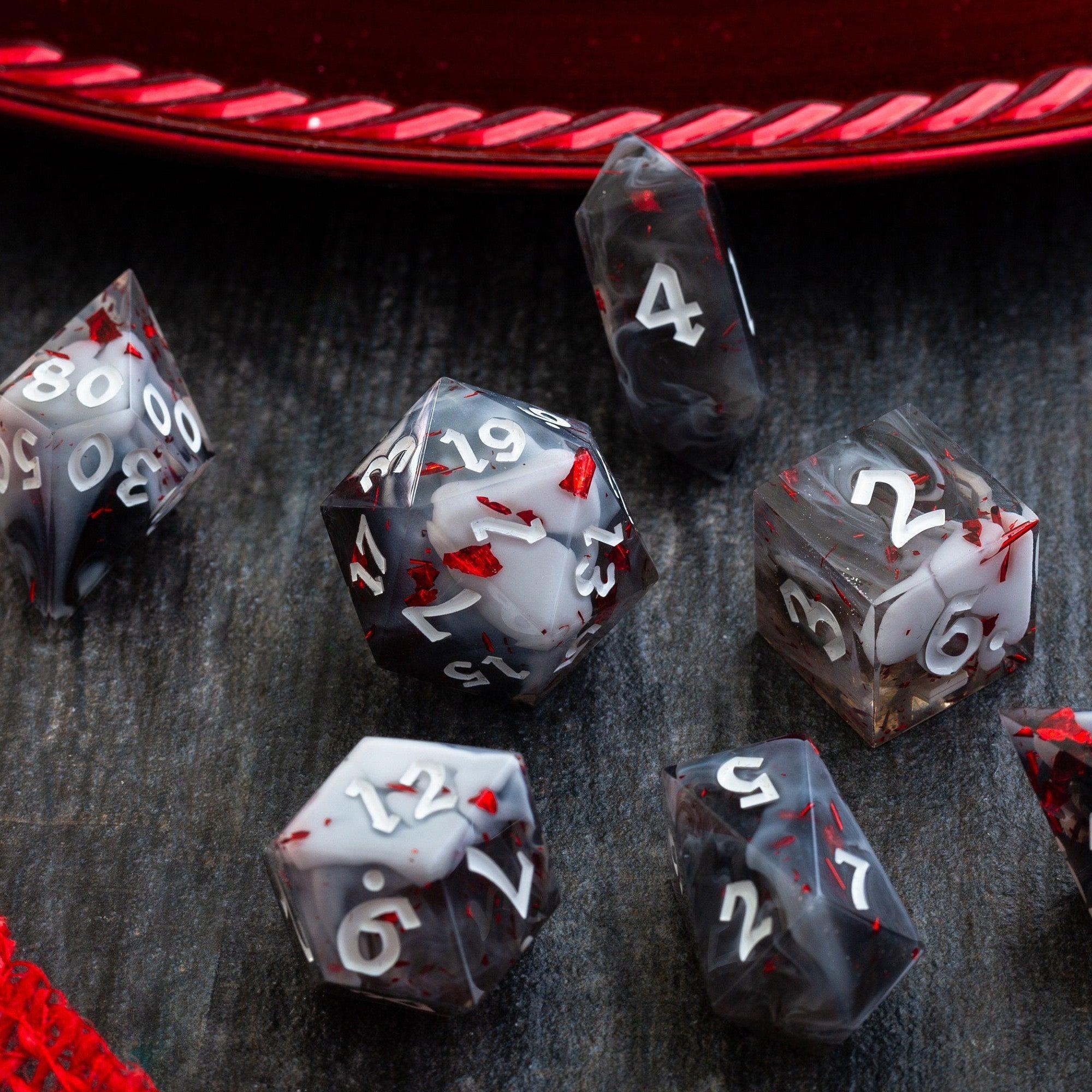
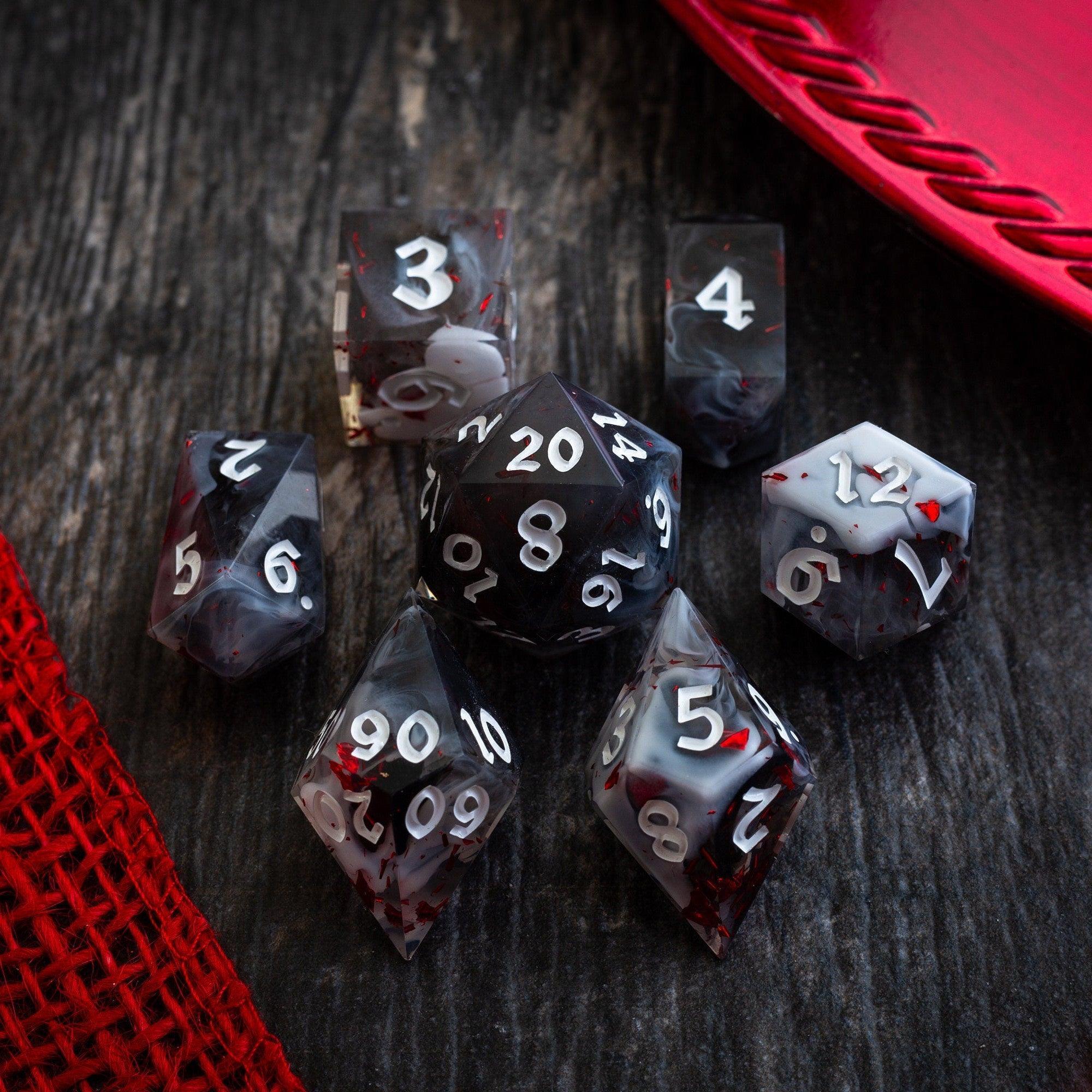
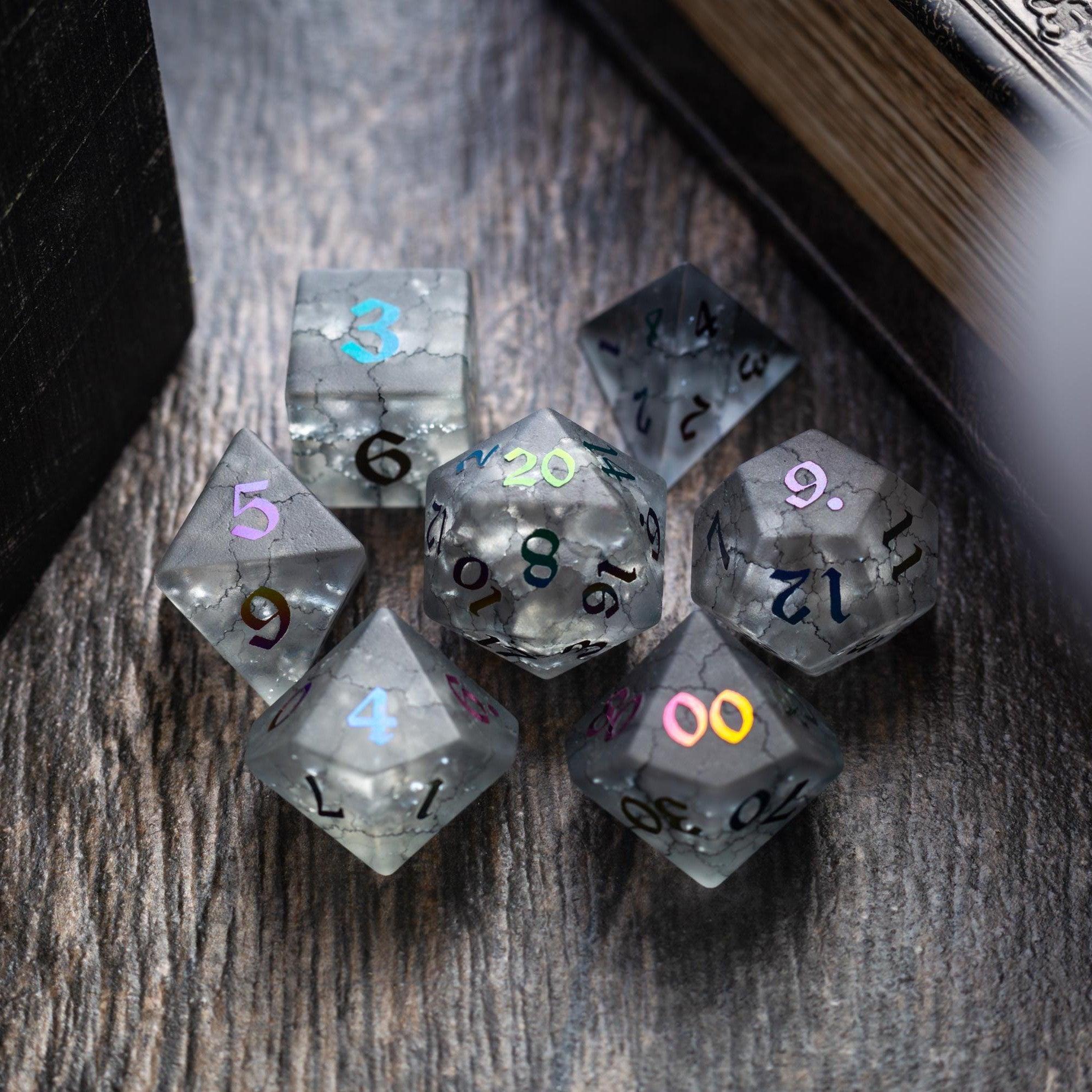
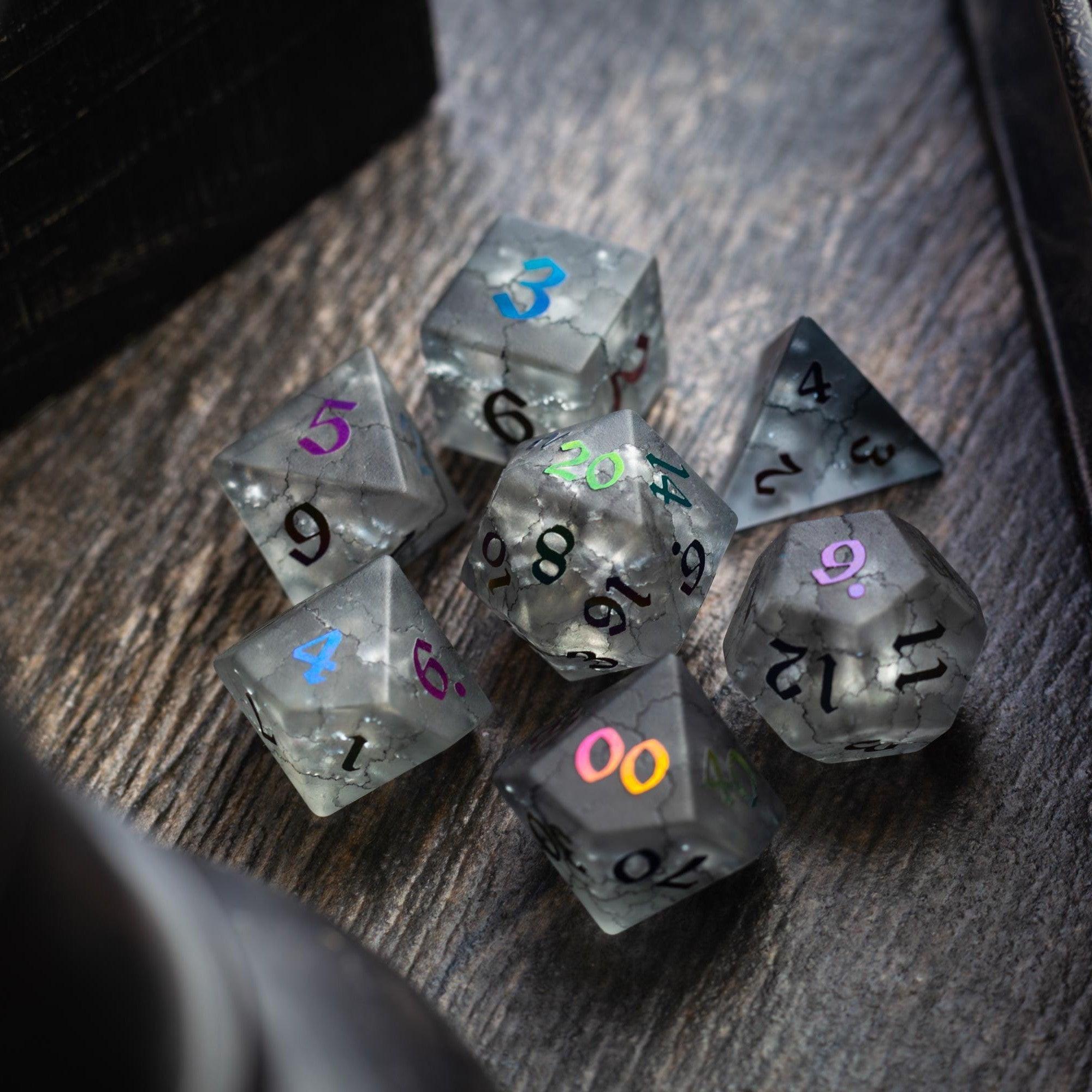
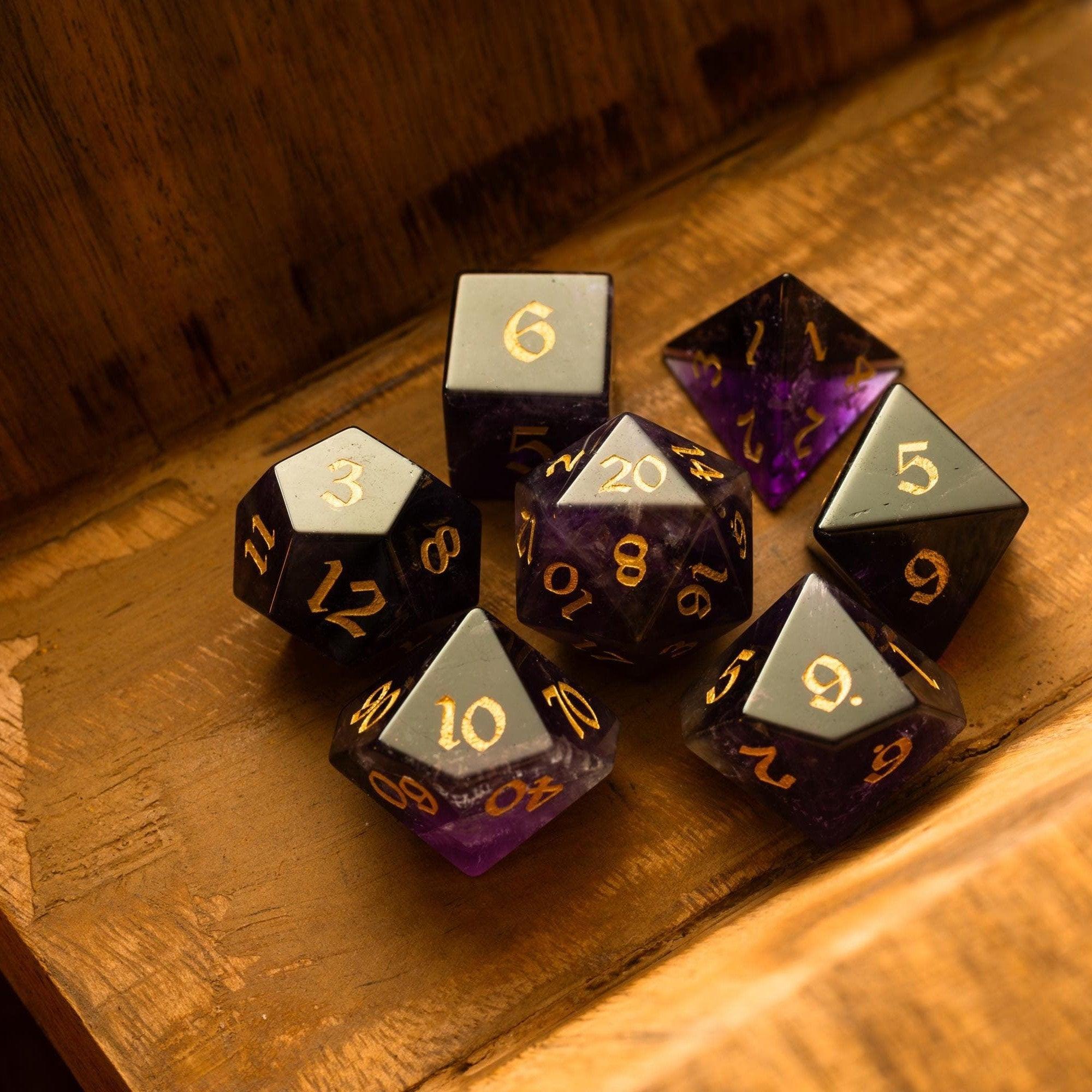
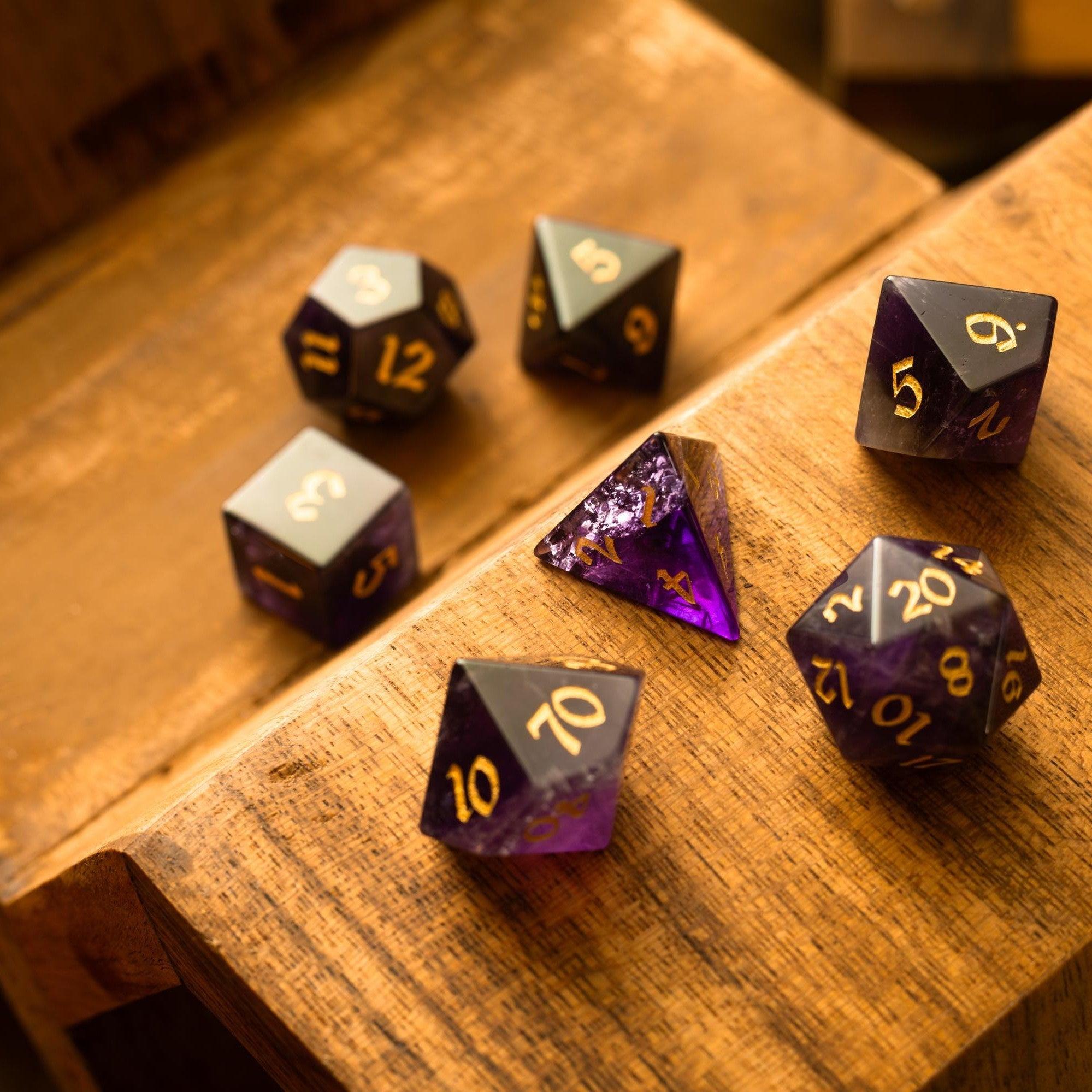
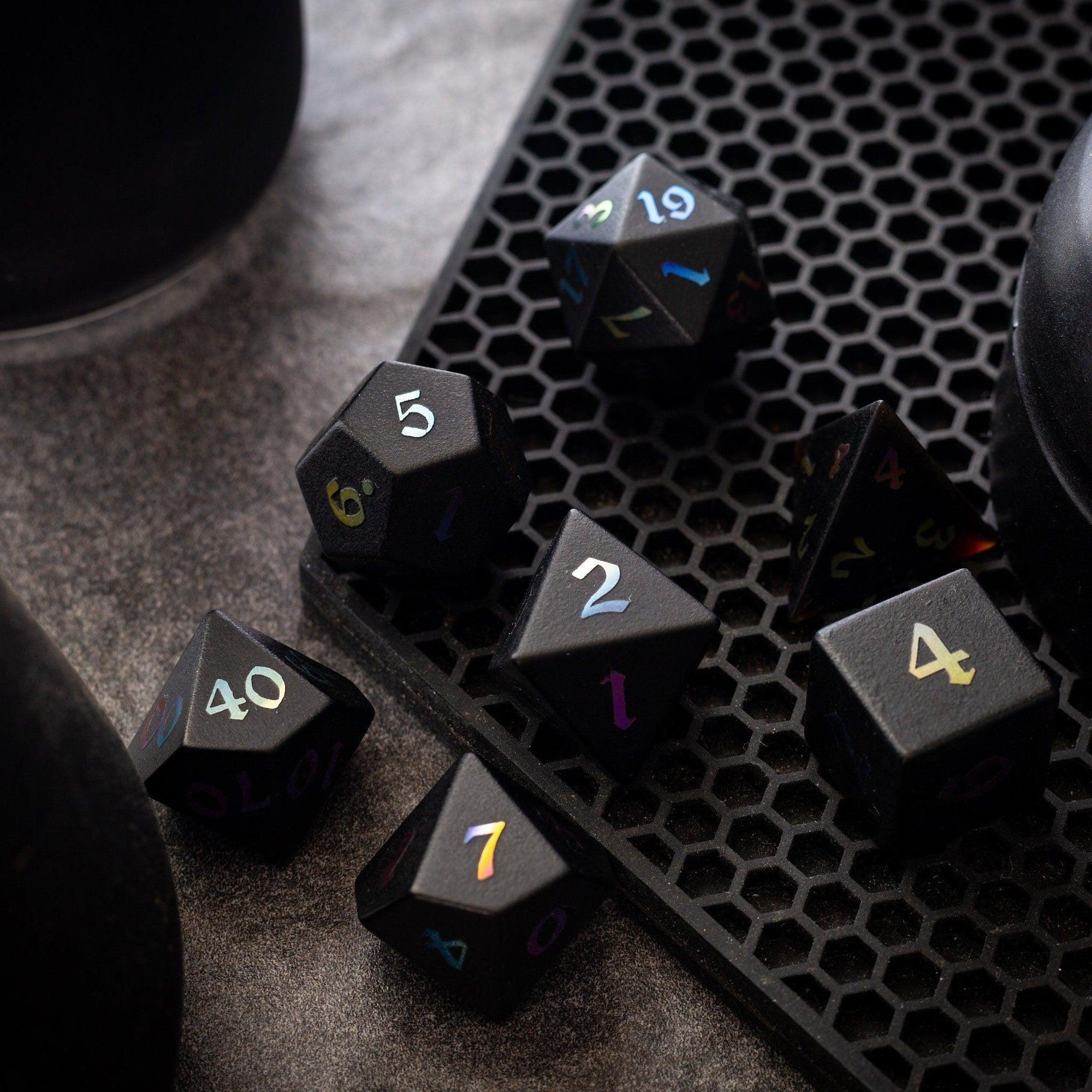
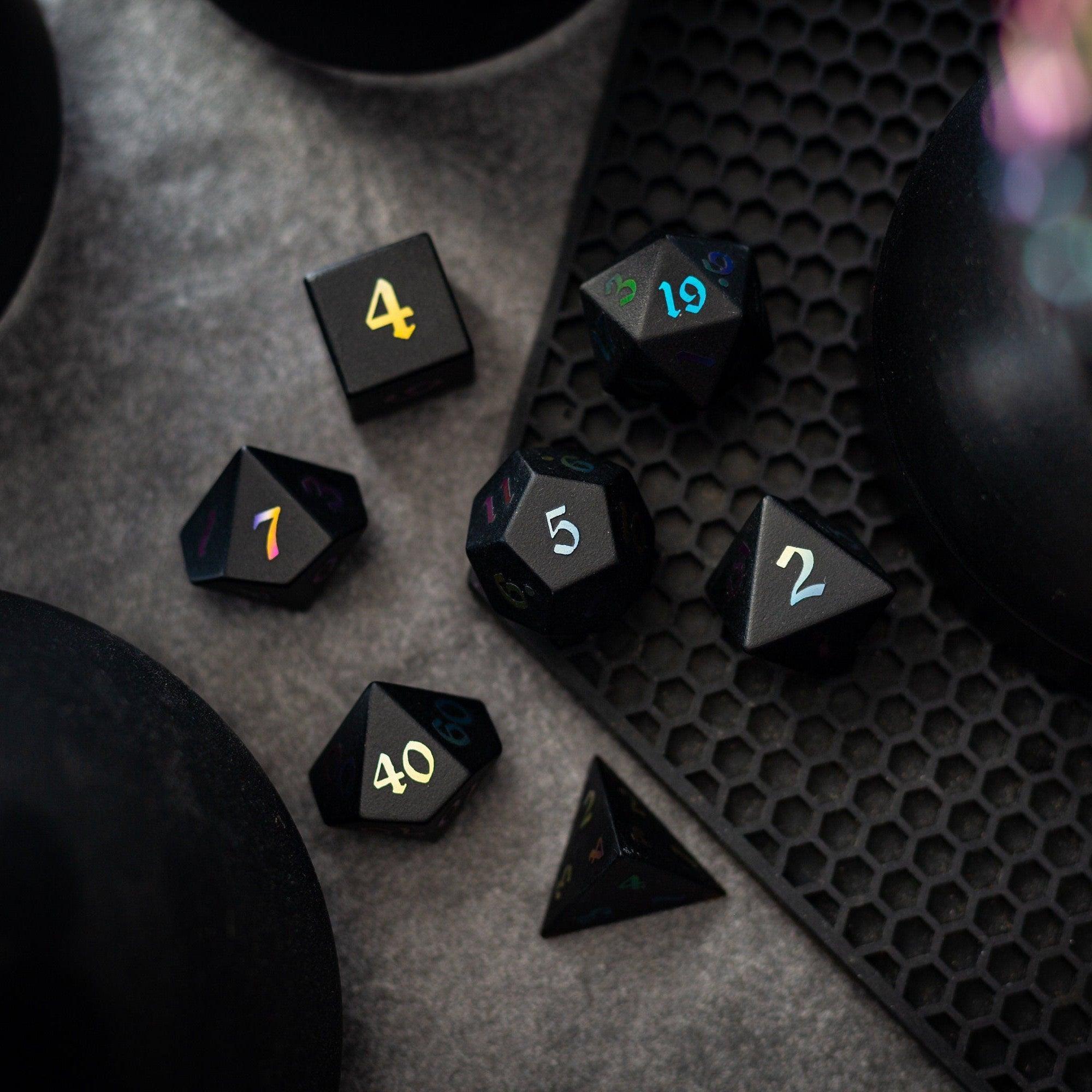
Leave a comment
This site is protected by hCaptcha and the hCaptcha Privacy Policy and Terms of Service apply.